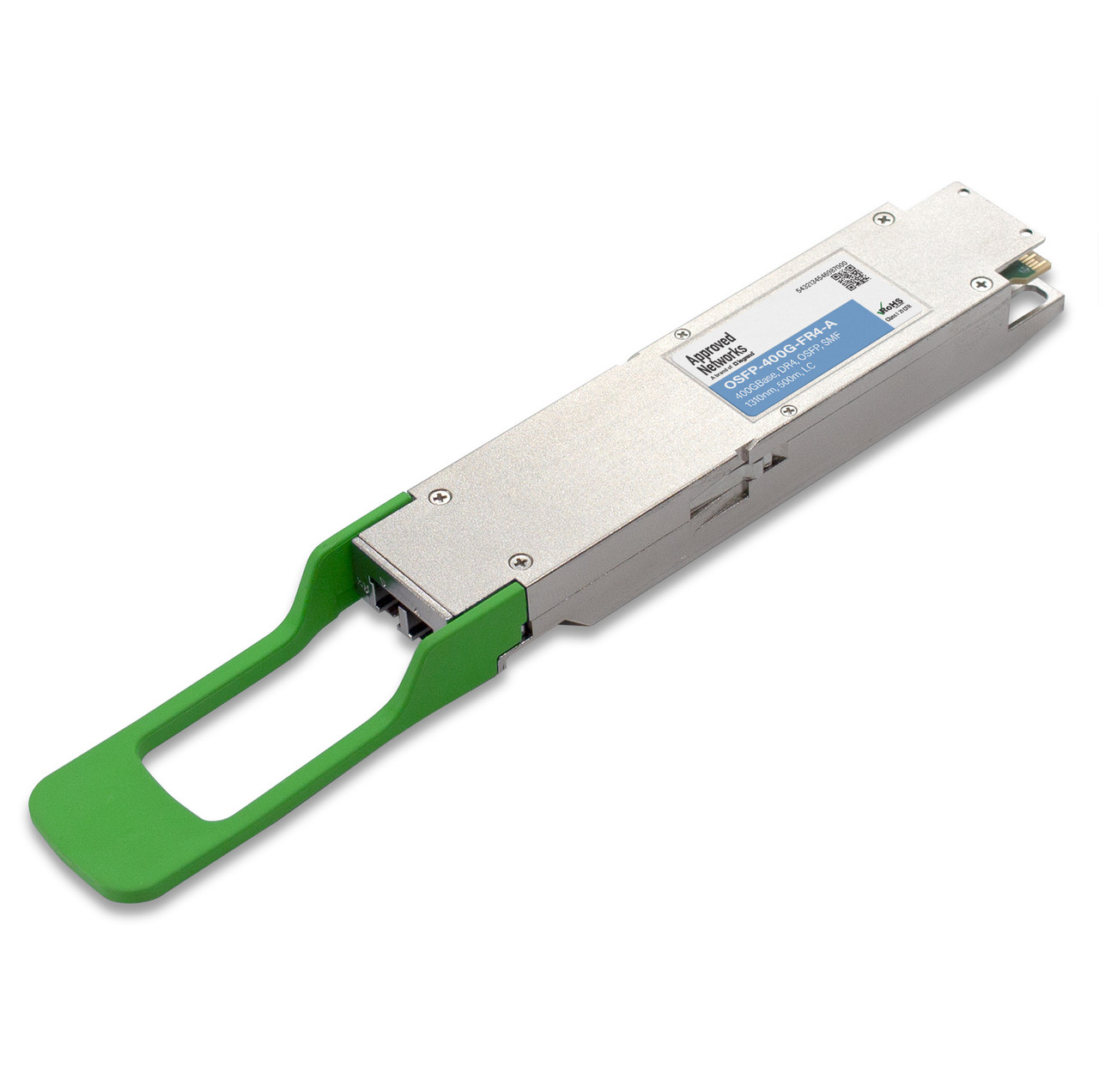1.6T: Where Speed Meets Performance!
Posted by Tim Yanda on May 13, 2024

It’s been some time since we delved into the Octal Small Form-factor Pluggable (OSFP) and Quad Small Form-factor Pluggable (QSFP), which are pivotal in our industry. For most applications up to 400G, the QSFP form factor has been the dominant choice. However, at 800G, OSFP took the lead, and now we see the QSFP form factor gaining momentum.
There are several reasons that each form factor is favored. The OSFP being slightly larger allows more room for the components; thus, thermal dissipation can be improved. This is not a major issue up to 400G except for the 400ZR family of parts, as they are “power hungry,” and as such, proper heat dissipation is a key factor. At 800G, the OSFP designs are taking on additional options for cooling; fins, fins with a cap, and riding heat sink are the common options. Each option requires the switch to provide the appropriate airflow to ensure the parts do not exceed the operating temperature. At 800G, the riding heat sink requires a different cage or slot as it is a lower profile and relies on the switch/card to provide the heat sink and, thus, the thermal management.
Those already with cabled installations will favor the 800G QSFP form factor for the higher density of the QSFP-enabled switches. Most telecom providers have adopted the QSFP form factor across their installed base of 40G to 400G transceivers. Changing to the OSFP form factor will require re-cabling existing racks and rows to accommodate the decrease in switch port density. As most hyperscale users change out equipment on a short cycle and many have already adopted the OSFP form factor, the OSFP transceivers will remain a favorite of the hyperscale data center operators.
That brings us to 1.6T – the rapid advances in silicon photonics, linear-drive pluggable optics (LPO) options, and component improvements are allowing growth into 1.6T quicker than previously projected. The advances have presented us with the options of OSFP or QSFP once again. The thermal needs at 1.6T are greater than any other parts and require careful planning. As the hyperscale operators will be the first to adopt 1.6T, we will base the choice and concentration of development on the OSFP option. However, a QSFP roadmap and development are occurring to ensure a QSFP option will be available.
For planning purposes, based on history, OSFP was first at 400G, first at 800G, and will be first at 1.6T. But, as we saw at 100G, 400G, and 800G, QSFP has viable options and has been widely adopted. We anticipate similar results at 1.6T, but we must carefully engineer heat dissipation to ensure a successful deployment of QSFP.
In summary, OSFP at 1.6T has an advantage, and QSFP has a solid roadmap. This picture will be apparent in the next 18 months, but it is safe to say that OSFP will be the first to deploy once switches are ready.



